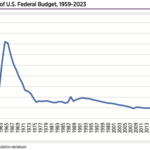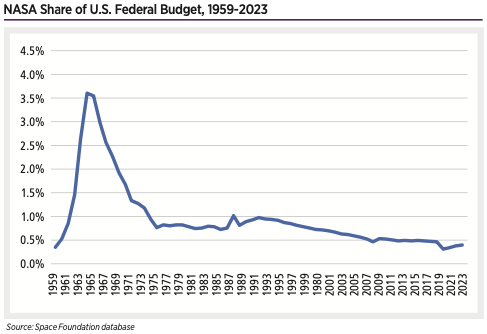2011
Japanese Workforce by Sector, 2005-2021
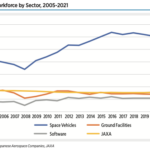

JAXA employed 1,580 individuals at the beginning of 2023. Out of this total, 1,123 (71%) are engineering and research employees. Even though Japan as a whole is struggling with an aging population, JAXA’s age demographics are more normally distributed than many other nation’s space agencies.
University Nanosatellite Launches Skyrocket Over Past Decade

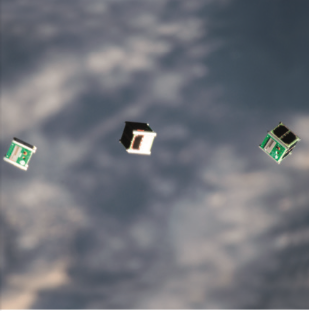
Universities across the globe are building an increasingly large presence in space by attaching student satellite projects to launches. Since the advent of nanosatellites and CubeSats, the barrier to space entry has never been lower for students.
NASA Share of U.S. Federal Budget, 1959-2023
Male vs Female Astronauts, 1961-Sept. 8, 2023
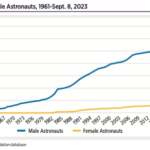
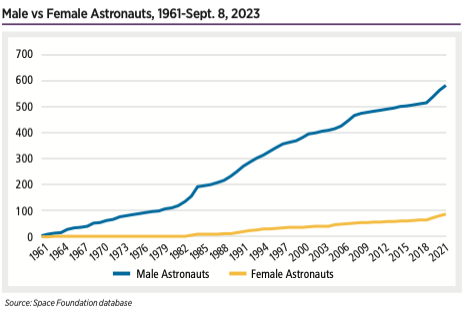
The most significant human spaceflight trend in recent years has been a shift to focus on diversification.
Japanese Space Workforce, 2011-2021
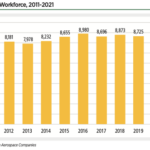
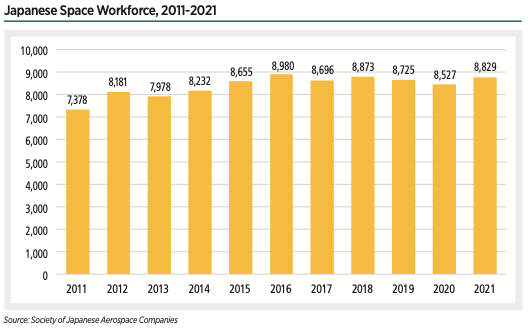
Japan saw growth across all three of these sectors in the past year, with the largest growth, 12.8%, in software.
European Nations Lead with Space Workforce Growth from 2021 to 2022
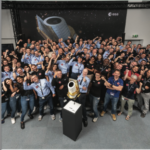
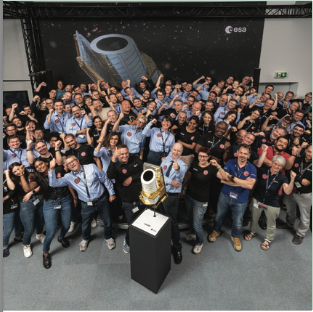
Trends in the size and composition of the global space workforce provide a lens into the health and trajectory of the industry. While many countries do not collect or release data on their space workforce, several major space actors, including the United States, Europe, Japan, and India, publish this information annually.
Space Insurance Industry Estimates, 2002-2022
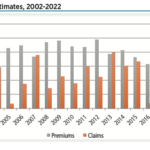
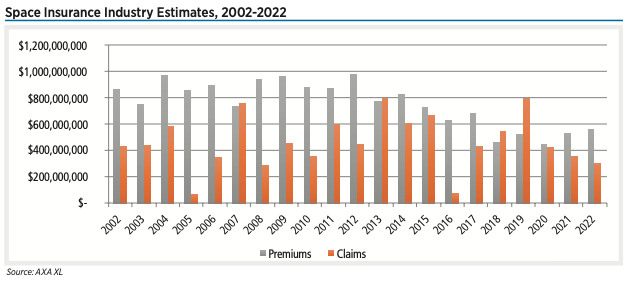
Operating in the space sector involves risks. Space launch is complex and launch failures are possible, even for well-established vehicles. New vehicles typically carry even greater risk. Once spacecraft successfully reach orbit, issues may arise due to factors such as space weather, space debris and a crowded orbital environment. To deal with these risks, many companies in the space sector invest in space insurance. As of 2023, there were about 25 direct space insurance companies worldwide.
Global Space Activity by Category, 2007-2027
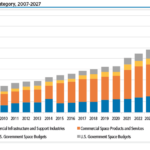
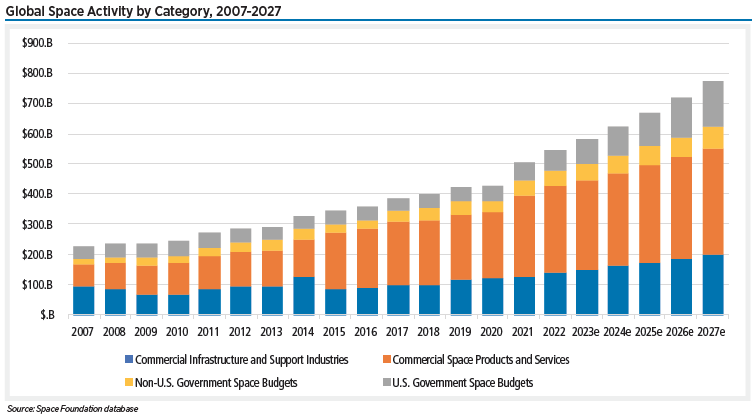
Based on global economic factors, Space Foundation forecasts that growth will slow slightly in 2023 to 6% before picking up for an average five-year growth of 7%. Under these conditions, the space economy would total $772 billion in 2027. This forecast incorporates existing markets in the space economy and does not predict any future disruptive technologies that could have extraordinary growth over the coming years.
Active Launch Vehicle Operators by Type, 2000-2022
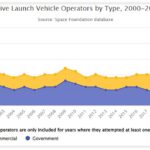
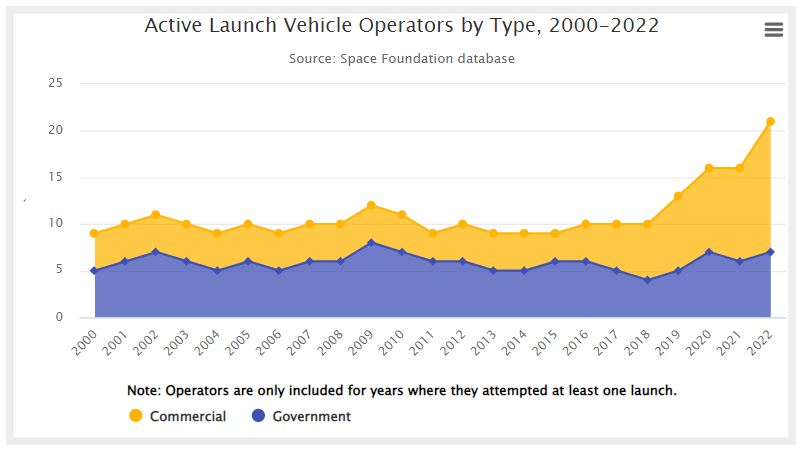
Orbital launch attempts have more than tripled since a lull in activity in the early 2000s bottomed out at 55 attempts in 2004. Part of the rapid growth in the past few years is due to a sharp increase in launch vehicle operators after a long period with an average just shy of 10 distinct operators per year.
U.S. Space Industry Employment and U.S. Total Employment Relative to 2011
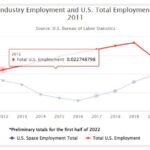
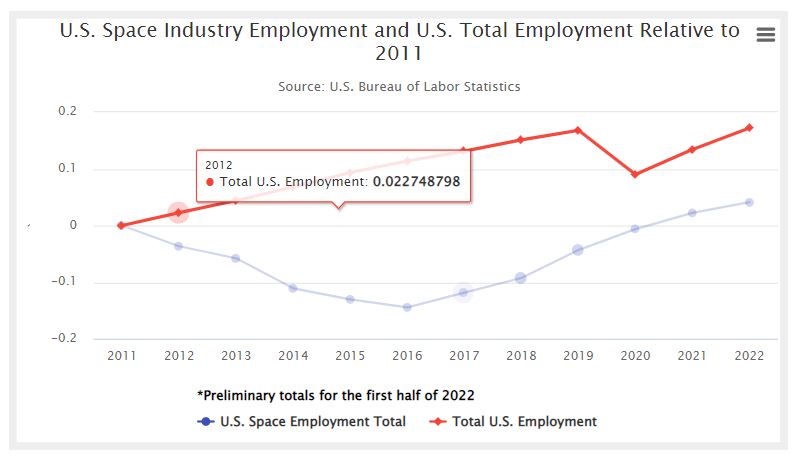
Employment at U.S. private sector space companies grew nearly 2% from 2021 to 2022, reaching 155,973 people in five employment classifications, based on preliminary estimates from the U.S. Bureau of Labor Statistics. This continues a consistent pattern of growth since 2016.
